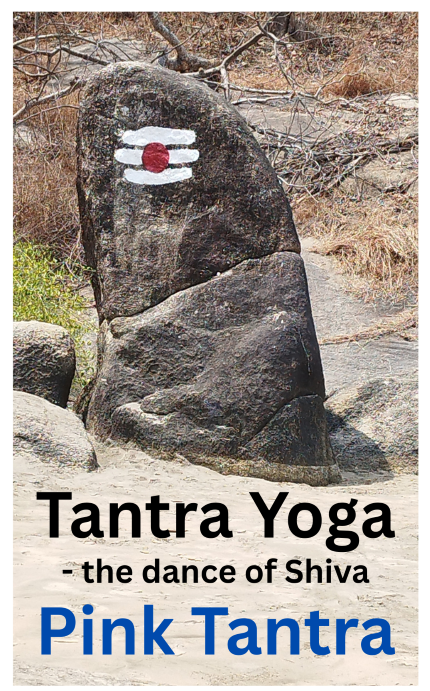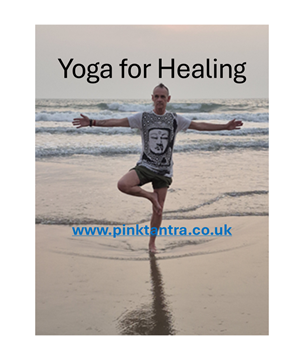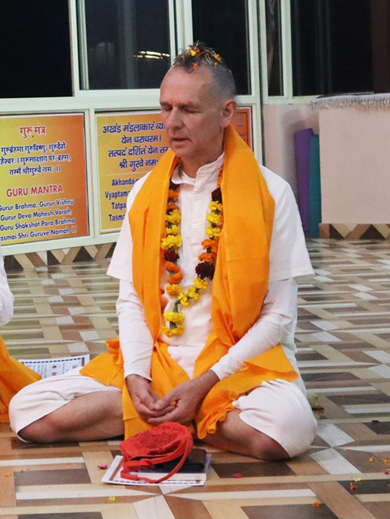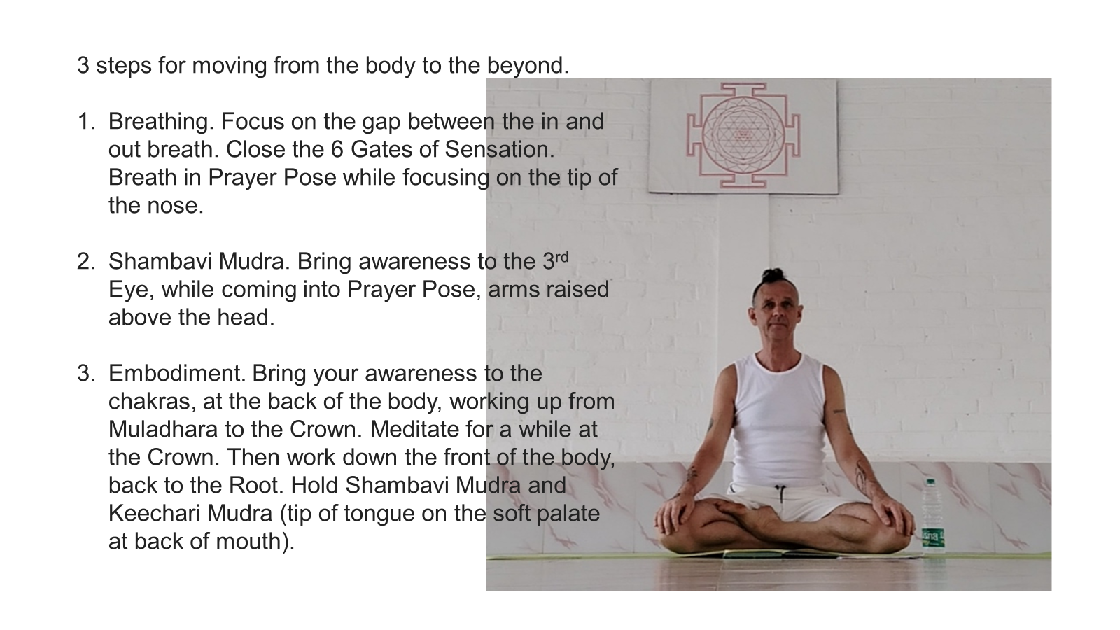 Watch out for the link to pre-order my upcoming book, Tantra Yoga - the dance of Shiva, to be published through Collective Ink Publications, mid-2026. Watch out for the link to pre-order my upcoming book, Tantra Yoga - the dance of Shiva, to be published through Collective Ink Publications, mid-2026.
The book is an insightful and courageous exploration of the intersection between classical and neo-tantric traditions, queer theory, and embodied spirituality. It presents a deeply personal yet universal journey that balances scholarship, practice, and lived experience. You have skillfully integrated philosophy, history, and practical guidance, making the work both intellectually engaging and spiritually relevant. Particularly commendable is its inclusivity, positioning Tantra Yoga while offering pathways of healing and awakening. Overall, this is a transformative and thought-provoking contribution to contemporary tantra, I would say.
Dr Sangeeth Somanadhapai, Technical Consultant (Y & N), Central Council For Research in Yoga & Naturopathy, Ministry of AYUSH, Govt Of India. In classical Tantra and Yogic tradition there are three Paths: Karma Yoga, the yoga of action, Bhakti Yoga, the yoga of devotion, and Gnana Yoga, the yoga of the intellect. Raja Yoga, the Way of Kriya, is called the Royal Path where we bring all of the three other paths together. Under RajYog (Raja Yoga) are various branches, such as, Hatha, Kriya (specific techniques), Kundalini, Tantra, Mantra, Yantra, Lay and Nada. The most popular of these in the West are Hatha, Kriya and Kundalini. What is offered through Pink Tantra Towards Awakening is an authentic Tantra and Yogic Path that works through the physical, mental and spiritual bodies, connecting us to our True Nature (the Self / Atman / Soul). The key question being, Do you practice tantra yoga, or do you live it? Tantra Yoga is a way of life, not a practice, but rather sadhana is the repetitive practice of your life. A fundamental part of this is the cleansing process to remove blockages, offering strong healing potential for the body, the mind and the emotions.  From a tantra yoga perspective, the body is the temple, our divine tool through which to take the steps towards healing and awakening. We start with the senses, connecting to who we truly are in the gross body, progressing to the energetic (subtle) body, we bring ourselves inwards rather than seeking validation and gratification externally. From here we can move to the beyond (the causal body / karmic sheaf). The path offered through Pink Tantra Towards Awakening, therefore, has three stages in line with The Shiva Sutras and The Yoga Sutras, working through the three bodies mentioned above. From a tantra yoga perspective, the body is the temple, our divine tool through which to take the steps towards healing and awakening. We start with the senses, connecting to who we truly are in the gross body, progressing to the energetic (subtle) body, we bring ourselves inwards rather than seeking validation and gratification externally. From here we can move to the beyond (the causal body / karmic sheaf). The path offered through Pink Tantra Towards Awakening, therefore, has three stages in line with The Shiva Sutras and The Yoga Sutras, working through the three bodies mentioned above.
Below are three key stages. (1) Through kriya, pranayama and hatha yoga we start to heal and connect the physical to the energetic body (this can include trauma release work). (2) Through kundalini tantra yoga, the yoga of inner awareness, and the practice of pratyahara we slow everything down, bringing our body, mind and emotions to a place of ease as we progress on our spiritual path. (3) Through visualisation in conjunction with meditation and mantra, we have a strong vehicle for bringing about samadhi. Stage One (working predominantly with the physical body):Gentle Yoga Sequence Gentle postures and movements to bring you to a place of ease in your body and mind. Pranayama is a group of methods to absorb and circulate prana into the physical and subtle body. It is the right way to breath to extend your life. But prior to Pranayama we need to practice PranKriya’s, dynamic purification practices to create space, calm and awaken the mind, and purify our subtle energy levels. 
“Thank you so much for teaching this. Your style and teaching points are excellent and just what I relate to.” David
Stage Two (working predominantly with the energetic body):Kundalini Tantra Yoga is called the Yoga of Inner Awareness and Presence. It is about feeling our presence and awareness in the moment. It is the yoga of Ancient India. It is not fitness orientated, but meditative. The key is the quality of our ‘ease’ in the body, mind and emotions. We utilise static Asana's. Asana is describes, by Patanjali in the Yoga Sutras, as (sthira) steady and (sukham) comfortable. Yoga raises our perceptions and consciousness, so we are more receptive to inner messages and sensations in the system. Asanas, then, have more impact the longer we hold them, as our brain has more time to evaluate what to do with the messages, offering strong healing potential, especially when added to breathing which stabilises the body; Bandhas and Mudras for locking in and directing our energy; Mantras to stimulate the Throat Chakra and more specifically the meridian points in the roof of the mouth, which in turn stimulate the Hypothalamus, making the Pineal Gland pulse, and other Charkras, energy centres. 
“Wow, wow, wow, when I just let you run away with your magic it really connects me fully without the mind interfering. It was so powerful this evening.” David
Stage Three (working predominantly with the spiritual body):Meditation is a way to shift our consciousness from the lower mind to the higher mind, that is, to step beyond the mind-body. Meditation is a state, not an activity. Visualisation is a technique that helps us in this shift. Once we can bring focus, through controlling our senses, withdrawal, we can start to connect to images at a deeper level. Visualisation stimulates the Minds-Eye and is a great tool in many Rituals. Rituals come in numerous forms, from as simple as bowing down to a rock (Shiva consciousness) to hugely elaborate ones with precise gestures, timings and placings. They are a form of worship, they are not about superstition. It is about bringing attention onto something without distraction. It is a tool (a great technology of practice) which, when attached to heightened emotions, gives us access to the experience of universal consciousness. 
“If you are looking for something that makes sense of what has gone before and gives you the tools and practices to make real, long-lasting change … then you have found it with Pink.” Jay

| | | |